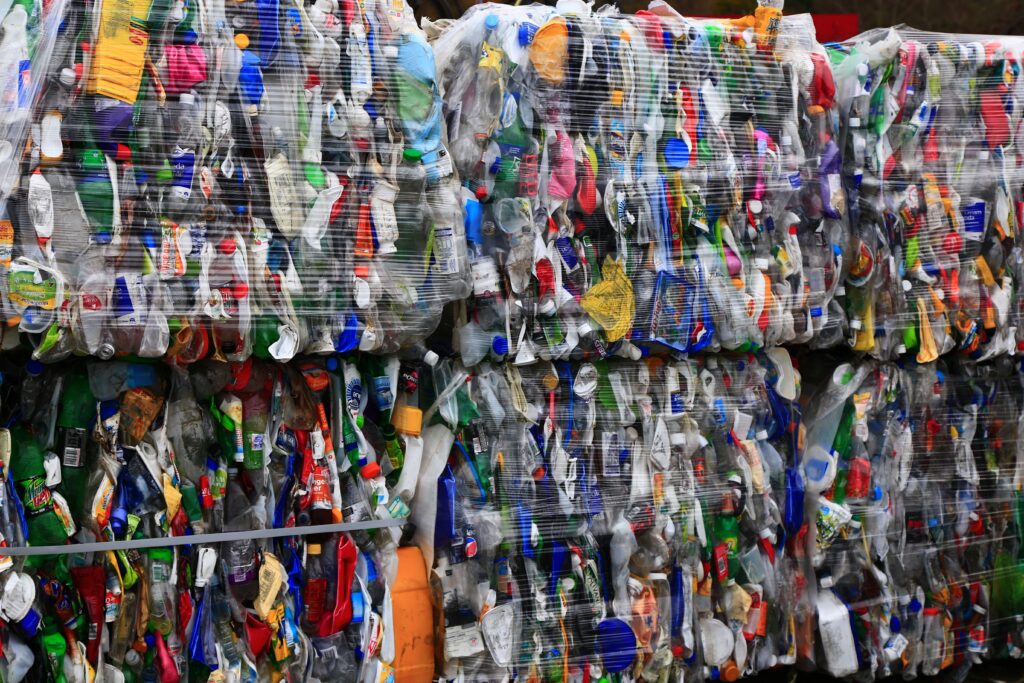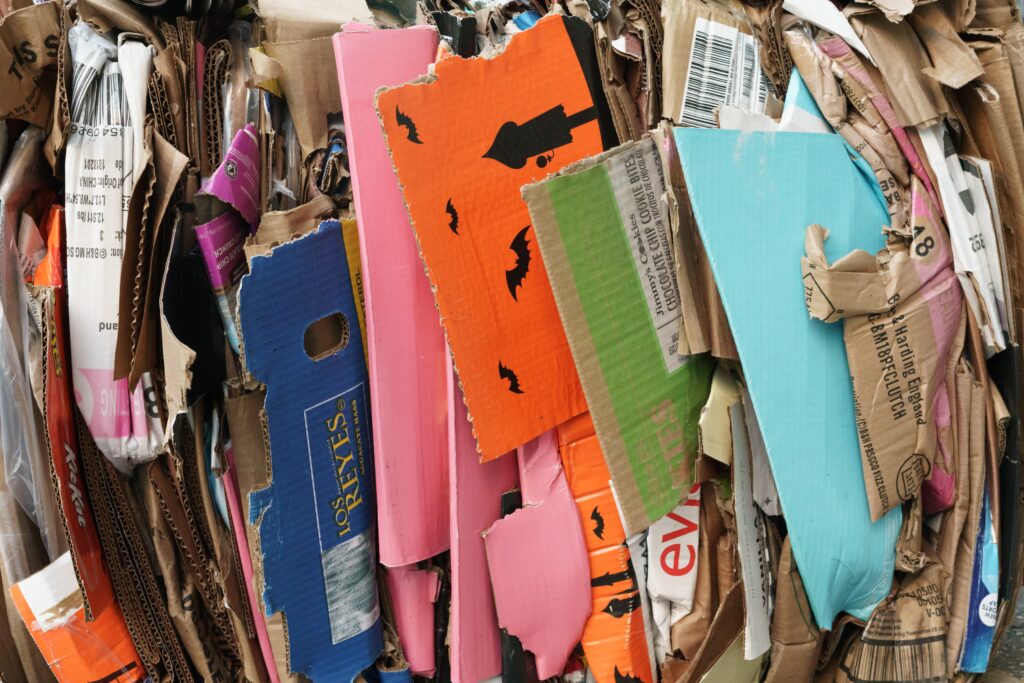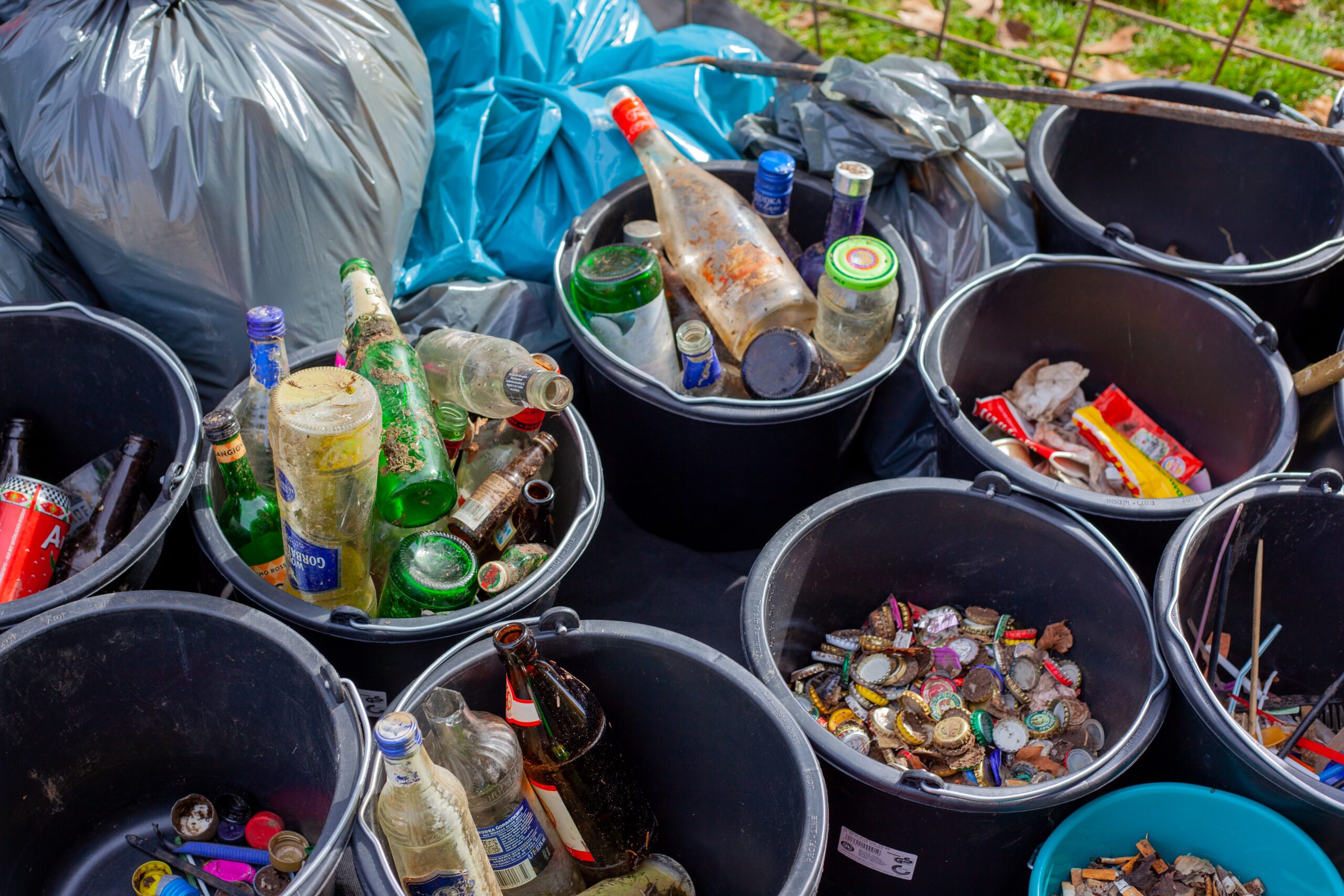El Anatsui, the renowned Ghanaian artist, has not only challenged the boundaries of sculpture but also revolutionized the way we perceive everyday materials. Anatsui’s monumental sculptures, constructed from thousands of aluminum bottle caps linked by copper wire, have captivated audiences worldwide. Breaking away from traditional artistic conventions, his artwork defies categorization and explores themes of navigation and colonial trade. One of his latest creations, “Behind the Red Moon,” currently on display at Tate Modern in London, delves into the sociological aspects of daily life and consumption. Anatsui’s commitment to sustainability and community is evident, as his studio in Ghana employs a substantial number of people and produces labor-intensive artworks from recycled materials. Through his thought-provoking art, Anatsui challenges the concept of waste and aims to contribute to his ancestral town by establishing a cultural center.

El Anatsui’s Art: Challenging the Concept of Waste
Introduction to El Anatsui
El Anatsui, a Ghanaian artist, has made a significant impact on the art world with his unique and unconventional approach to sculpture. Born in Anyako, Ghana in 1944, Anatsui is known for his monumental sculptures made from everyday materials, breaking away from traditional forms and materials used in sculpture. His artwork challenges conventional concepts and redefines the boundaries of what is considered art.
El Anatsui: A Ghanaian Artist
El Anatsui’s identity as a Ghanaian artist is deeply ingrained in his work. Growing up in Ghana, he was exposed to a rich cultural heritage and artistic traditions that have influenced his artistic journey. Anatsui’s upbringing in Ghana plays a crucial role in shaping his perspective and the themes he explores in his artwork.
Monumental Sculptures from Everyday Materials
Anatsui’s choice of everyday materials for his sculptures is what makes his art so unique and captivating. He transforms discarded materials, such as aluminum bottle caps, into stunning works of art. By utilizing these materials, Anatsui challenges the notion of waste and invites viewers to see the beauty and potential in what may be considered trash.

Anatsui’s Artistic Journey
Anatsui’s artistic journey has seen significant evolution throughout the years. He began his career as a painter, but in the late 1990s, he ventured into sculpture and found his true artistic voice.
Transition to Aluminum Bottle Caps
In 1998, Anatsui began using discarded aluminum bottle caps as the primary material for his sculptures. These bottle caps became the building blocks of his artistic vision, as he saw potential in their malleability and visual appeal. By repurposing these caps, Anatsui not only transformed waste into art but also explored themes of consumerism and cultural exchange.
Linking Caps with Copper Wire: A New Approach
Anatsui’s innovative approach to sculpture involves linking thousands of bottle caps together using copper wire. This technique allows him to create large-scale, flexible artworks that can be draped and shaped in various ways. The process of linking caps with wire is labor-intensive and requires meticulous craftsmanship, but the end result is awe-inspiring.
The Beauty of Waste
Anatsui’s sculptures, made from thousands of bottle caps, transcend their humble origins and become objects of beauty and wonder. The intricate patterns and shimmering surfaces created by the interwoven caps mesmerize viewers, drawing them into the artwork. Anatsui’s sculptures have been exhibited in galleries, museums, and public spaces worldwide, defying categorization and challenging traditional notions of art.
Exhibitions Defying Categorization
Anatsui’s sculptures have been featured in numerous exhibitions that showcase his unique artistic vision. His works blur the boundaries between sculpture, installation, and textile art, making it difficult to fit them into a specific category. This defiance of categorization has allowed Anatsui to push the boundaries of what is considered art and challenge preconceived notions of artistic expression.
Global Recognition and Value
Anatsui’s artwork has gained global recognition and admiration from both the art world and the general public. His sculptures have been acquired by prestigious institutions and private collectors around the world, cementing his position as a highly valued artist. The value of his artwork extends beyond monetary worth, as his sculptures continue to inspire and provoke contemplation about the nature of art and waste.

Exploring Themes in ‘Behind the Red Moon’
Anatsui’s latest work, titled “Behind the Red Moon,” delves into thought-provoking themes of navigation and colonial trade. This body of work is currently on display at the Tate Modern in London and has garnered much attention for its evocative portrayal of historical and sociopolitical narratives.
Navigation as a Central Theme
Anatsui uses the theme of navigation as a metaphorical tool to explore concepts of journey, migration, and discovery. The intricate patterns and flowing forms in his sculptures evoke the image of maps or sea currents, symbolizing the human experience of navigating through life’s challenges and uncertainties.
Colonial Trade: A Critique
Through his artwork, Anatsui critiques the history of colonial trade and its lasting impact on African cultures. He incorporates elements such as trade routes and symbols of colonialism into his sculptures, inviting viewers to reflect on the legacy of imperialism and its influence on contemporary society.
Display at Tate Modern, London
Anatsui’s “Behind the Red Moon” exhibition at the Tate Modern in London has attracted wide acclaim for its immersive and thought-provoking installations. The artwork invites viewers to engage with complex themes while appreciating the meticulous craftsmanship and beauty of Anatsui’s sculptures.
Revolutionizing Sculpture
Anatsui’s artwork has revolutionized the field of sculpture, challenging traditional notions of the medium and pushing boundaries in terms of materials and techniques used.
Anatsui’s Impact on the Field
By introducing unconventional materials such as bottle caps and copper wire, Anatsui has expanded the possibilities of what can be achieved in sculpture. His innovative techniques have pushed the boundaries of the medium, inspiring a new generation of artists to experiment and think outside the box.
High Value in the Art Market
Anatsui’s sculptures have become highly sought after in the art market, fetching significant prices at auctions and attracting the attention of collectors worldwide. The combination of their aesthetic beauty, conceptual depth, and the rarity of Anatsui’s large-scale works contributes to their high value.
The Labor-Intensive Production Process
The creation of Anatsui’s sculptures is a labor-intensive process that involves a dedicated team of artists and artisans working together. From meticulously linking the bottle caps with copper wire to shaping and installing the final artwork, each stage requires skill, time, and attention to detail. This meticulous production process adds to the value and uniqueness of Anatsui’s sculptures.
Sociological Reflections
Anatsui’s art goes beyond visual appeal and invites deeper reflections on sociological aspects of daily life and consumption, challenging conventional notions of waste and consumer culture.
Challenging the Concept of Waste
Anatsui’s sculptures challenge the concept of waste by transforming discarded materials into objects of beauty and value. By elevating everyday materials, he prompts us to reconsider our throwaway culture and encourages a more conscious approach to consumption and waste management.
Daily Life and Consumption
Anatsui’s use of consumer materials in his artworks raises questions about our relationship with everyday objects and the impact of consumer culture on the environment. By repurposing these materials, Anatsui draws attention to the excesses of consumerism and prompts viewers to reflect on their own consumption habits.
The Cultural Significance of Anatsui’s Work
Anatsui’s artwork holds significant cultural significance, not only for Ghana but also for the wider African diaspora. Through his sculptures, he explores themes deeply rooted in African history, culture, and identity. Anatsui’s artwork has become a powerful representation of African creativity and resilience, shedding light on narratives that have often been overlooked or underrepresented.
The Studio in Ghana
Anatsui’s studio in Ghana serves as a hub of creativity and community-building, employing nearly 100 people and making a positive impact on the local economy.
Employment and Community Impact
Anatsui’s studio provides employment opportunities for a diverse range of artists, artisans, and support staff. These individuals contribute to the production and realization of Anatsui’s artistic vision while also developing their own skills and creative talents. The studio’s presence has a positive ripple effect on the surrounding community, fostering artistic growth and economic stability.
Recycled Materials and Sustainable Art
Anatsui’s commitment to using recycled materials in his artwork promotes sustainability and raises awareness about the environmental impact of art production. By repurposing discarded materials, Anatsui highlights the potential for creating beauty and value without contributing to the depletion of natural resources.
Support for Local Economy
Anatsui’s studio operates within the local economy, sourcing materials and engaging with local suppliers and artisans. This support for the local economy strengthens the community’s infrastructure and contributes to the overall prosperity of the region.
The Return to Ancestral Town
In recent years, Anatsui has embarked on a project close to his heart: the establishment of a cultural center in his ancestral town in Ghana. This initiative aims to preserve heritage, promote artistic expression, and contribute to the local community.
Establishing a Cultural Center
Anatsui’s plan to establish a cultural center in his ancestral town represents his deep connection to his roots and desire to give back to his community. The center will serve as a space for cultural preservation, education, and the celebration of local traditions, ensuring that the rich heritage of the community is safeguarded for future generations.
Contributing to the Community
The cultural center will not only provide opportunities for artistic expression but also contribute to the overall development of the community. It will foster cultural pride, enhance tourism, and create a platform for economic growth, empowering the local population and promoting sustainable development.
Preserving Heritage
Anatsui’s commitment to preserving heritage through the establishment of a cultural center reflects his understanding of the importance of cultural identity and the need to safeguard traditional practices. By creating a space for dialogue, learning, and artistic exchange, the center will contribute to the preservation and revitalization of local traditions and customs.
In conclusion, El Anatsui’s art challenges traditional notions of waste, inspires reflection on daily life and consumption, and acts as a catalyst for sociological contemplation. His monumental sculptures made from everyday materials have revolutionized the field of sculpture, and his impact on the art world is undeniable. Anatsui’s commitment to his community, sustainability, and cultural preservation in Ghana exemplifies his dedication to social responsibility and artistic innovation. As his legacy continues to grow, his contributions to the art world and his community will be remembered for generations to come.

